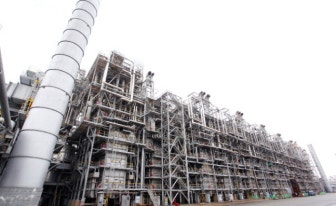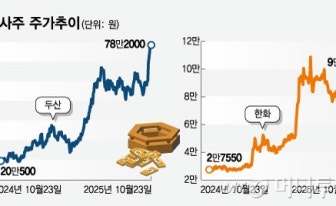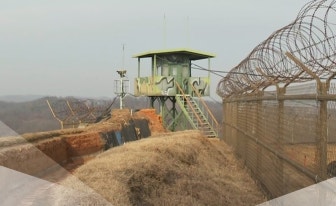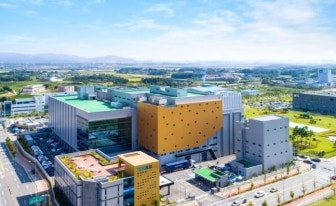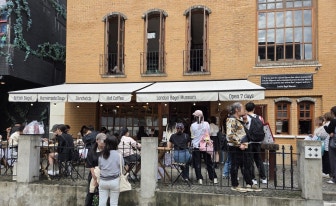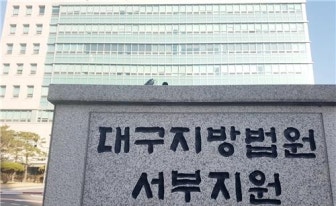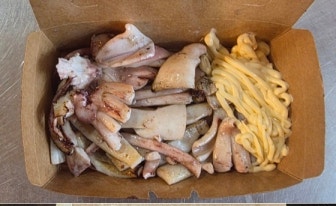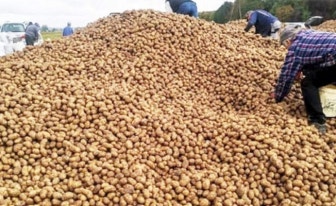This is the fourth in a six-part guide for cyclists looking to follow the cross-country bike road across Korea. This guide starts in Incheon in the northwest and ends in Busan in the southeast, but most of the instructions could be reversed for cyclists looking to travel in the other direction.
For an overview of the entire trip, click here. For more detailed information on logistics including how to rent a bike, navigate, book accommodation and fly with a bike, click here.
Assuming you finished Day 3 somewhere in the Mungyeong area, Day 4 will see you finish the Saejae Bicycle Path and join the long Nakdong River.
Heading out of Jeomchon, it’s 20 kilometers (12.4 miles) of fairly flat riverside before you reach Sangju Sangpung Bridge. This is another fairly hidden stamp center, appearing quite suddenly on your left and slightly behind you, next to a viewing platform. Keep a close eye on your map to make sure you don’t miss it — I know somebody who cycled the entire country but missed this one stamp, and his effort was therefore not officially recognized.
Immediately after Sangju Sangpung Bridge, you join the Nakdonggang Bicycle Path and will be met with your second possible detour of the trip.
The Nakdong River technically starts at Andong Dam, 65 kilometers upstream. Cyclists who want to one day pick up the Four Rivers certification will need to make this 130-kilometer diversion, but it is not necessary for the cross-country trip. Reaching Andong Dam will add at least an extra day to your trip, but if you’re here just for the cross-country trek, continue south.
As you cycle up to Sangju Sangpung Bridge, signage will point you across the bridge for Andong Dam and straight on for the cross-country. Kakao Maps, however, offers a third route, crossing the bridge and then turning downstream, rather than continuing on the west bank.
I ignored Kakao, followed the signage and was then thrown into 30 minutes of muddy, hilly off-road hell that looks like it could have been avoided by crossing the bridge and hanging a right. Based on anecdotal evidence from other cyclists, I would suggest crossing the bridge and following Kakao Maps’ advice, which will bring you back to the west bank just in time to pick up the Sangjubo stamp.
From Sangjubo, it’s a fairly simple 17-kilometer stretch onto Nakdanbo, with a couple of small hills to climb in the mix. If you got off to an early start, Nakdanbo is also a perfect place to stop for lunch, with a run of rural restaurants just up the road from the weir.
One word of warning about Nakdanbo, as this is where I suffered my only real injury of the cross-country ride. Immediately next to the stamp booth at Nakdanbo is a very inviting wall, the perfect place to lean while you drink some water or refuel. But the wall is riddled with cracks, and cracks in this part of the country are the preferred hiding place of the venomous Chinese red-headed centipede.
I was bitten solidly on the posterior — a bit of a worry for somebody that still had 55 kilometers in the saddle ahead of them, but luckily, the burning died down after 10 minutes. Word to the wise: Lean at your own peril.
Shortly after Nakdanbo, you enter the 50-kilometer stretch of the Nakdong River that falls within the city limits of Gumi. While Gumi's urban core, which you’ll encounter about 40 kilometers down the road, is a solidly industrial city with very little to offer to the passing tourist, the cycle network along this stretch of the river is some of the best in the country. It’s flat, it’s nearly all incredibly beautiful and it absolutely flies by.
Nineteen kilometers after Nakdanbo, you’ll reach the Gumibo certification center, and about 20 kilometers later, you’ll reach Gumi itself. The bike route takes you across the river to the west bank and through Gumi, then back across the river and onto more flat, picturesque banks.
Just past Gumi is the satellite town of Chilgok, nestled in the mountains of North Gyeongsang with spectacular views in all directions. Chilgokbo is your last stamp for the day, and Chilgok town is a great place to stop for the night, finishing Day 4 at almost exactly 100 kilometers. There are good restaurants in the town and a range of accommodation, including a pretty nice tourist hotel for cyclists who feel like they’ve earned an upgrade.
![A foggy start to the day in rural Mungyeong, North Gyeongsang, on Sept. 30. [JIM BULLEY]](https://imgnews.pstatic.net/image/640/2025/10/19/0000078420_001_20251019120112269.jpg?type=w860)
![A misty start to the day in Mungyeong, North Gyeongsang, on Sept. 30. [JIM BULLEY]](https://imgnews.pstatic.net/image/640/2025/10/19/0000078420_002_20251019120112491.jpg?type=w860)
![Joryeong Stream in Mungyeong, North Gyeongsang, on a misty Sept. 30 morning. [JIM BULLEY]](https://imgnews.pstatic.net/image/640/2025/10/19/0000078420_003_20251019120112559.jpg?type=w860)
![Day 4 on the Korea Cross Country Cycling Road [KOREA JOONGANG DAILY]](https://imgnews.pstatic.net/image/640/2025/10/19/0000078420_004_20251019120112651.jpg?type=w860)

![A view down the Nakdong River from Nakdanbo, a wier in Uiseong, North Gyeongsang, on Sept. 30. [JIM BULLEY]](https://imgnews.pstatic.net/image/640/2025/10/19/0000078420_006_20251019120112950.jpg?type=w860)
![First sight of the Nakdong River on Sept. 30. [JIM BULLEY]](https://imgnews.pstatic.net/image/640/2025/10/19/0000078420_007_20251019120113034.jpg?type=w860)
![The view upstream from Gumi, North Gyeongang, on Sept. 30. [JIM BULLEY]](https://imgnews.pstatic.net/image/640/2025/10/19/0000078420_008_20251019120113080.jpg?type=w860)
![A particularly beautiful stretch of river on the way into Gumi, North Gyeongsang, on Sept. 30. [JIM BULLEY]](https://imgnews.pstatic.net/image/640/2025/10/19/0000078420_009_20251019120113133.jpg?type=w860)
![Riding from Gumi into Chilgok, North Gyeongsang, through a long and well-maintained park on Sept. 30. [JIM BULLEY]](https://imgnews.pstatic.net/image/640/2025/10/19/0000078420_010_20251019120113253.jpg?type=w860)

















